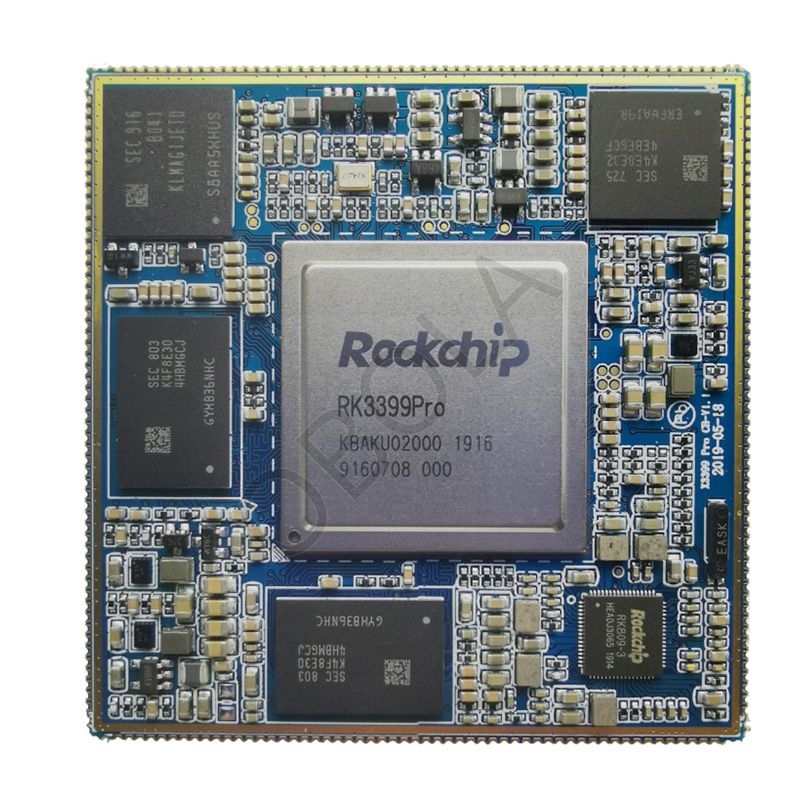Features and Functionalities of ARM SOM Core Boards
Welcome to a comprehensive guide that dives deep into the world of ARM System on Module (SOM) Core Boards. At Obola, we are excited to take you on an educational journey to explore the intricacies, functionalities, and applications of ARM SOM Core Boards. Whether you're an enthusiast, developer, or a tech-savvy individual, this guide aims to provide you with valuable insights that will not only enhance your understanding but also empower you to make informed decisions when it comes to choosing the right technology for your projects.
Understanding ARM SOM Core Boards: A Brief Overview
ARM SOM Core Boards, also known as System on Module Core Boards, represent a cutting-edge integration of compact, high-performance computing systems. These boards encapsulate essential components such as processors, memory, storage, and various peripherals, offering a comprehensive computing solution in a small form factor.

Key Features and Functionalities
High-Performance Processing
ARM SOM Core Boards are built around powerful ARM processors, renowned for their efficiency and performance. These processors are designed to handle complex tasks and multitasking with ease, making them ideal for applications ranging from embedded systems to IoT devices.
Modular Design
The modular design of ARM SOM Core Boards separates the compute module from the carrier board. This modularity simplifies hardware design, as the carrier board can be customized to suit specific application requirements without affecting the core computing module.
Connectivity Options
These boards offer a plethora of connectivity options, including USB ports, Ethernet interfaces, Wi-Fi, and Bluetooth. This extensive connectivity allows seamless integration into various networks and communication setups.
Applications Across Industries
ARM SOM Core Boards find applications in a diverse range of industries, each harnessing their capabilities to drive innovation.
1. Industrial Automation
In industrial automation, ARM SOM Core Boards play a pivotal role in controlling and monitoring processes. Their robust performance and connectivity options enable efficient data collection and real-time decision-making.
2. Healthcare Technology
Healthcare devices benefit from ARM SOM Core Boards' computational power and connectivity. They are integral to medical imaging systems, patient monitoring devices, and telehealth solutions.
3. Smart Agriculture
The agriculture sector leverages these boards to create smart farming solutions. ARM SOM Core Boards facilitate data-driven farming practices, enabling efficient resource management and crop monitoring.
4. Consumer Electronics
From smart TVs to home automation systems, ARM SOM Core Boards enhance the capabilities of consumer electronics by providing advanced processing and connectivity features.
Maximizing Performance: Factors to Consider
Processor Architecture
Selecting the right ARM processor architecture is crucial. Different architectures offer varying levels of performance and power efficiency. Consider your application's requirements when choosing a processor.
Memory and Storage
Adequate memory and storage are essential for seamless operation. Assess your project's needs and opt for ARM SOM Core Boards with sufficient RAM and storage capacity.
Peripherals and Interfaces
Evaluate the available peripherals and interfaces on the ARM SOM Core Boards. Ensure they align with your project's requirements for connectivity and expansion.
In conclusion, ARM SOM Core Boards stand as a testament to technological advancement, offering powerful computing capabilities in a compact package. Their modular design, connectivity options, and versatility make them an excellent choice for various industries and applications. By grasping the nuances of ARM SOM Board and selecting the right one for your needs, you position yourself at the forefront of innovation and technology.
评论
发表评论